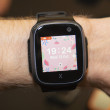Review: OnePlus 3
Sep 13, 2016, 11:00 AM by Eric M. Zeman
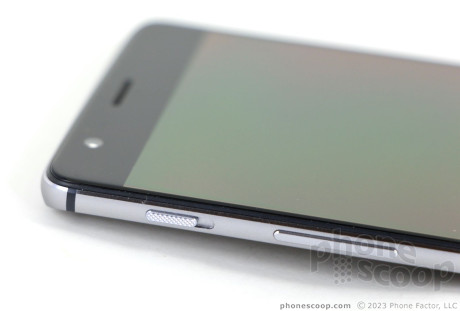

The OnePlus 3 boasts top-level specs and performance, but is more affordable than you might think. Those interested in exploring the unlocked Android market will find a lot to like in the OnePlus 3. Here is our full review.
Is It Your Type?
The OnePlus 3 is a phone for people who want freedom: freedom from carriers, freedom from bloatware, and freedom to customize. This unlocked Android handset falls into the "affordable flagship" class of devices, meaning it has premium build and specs, but costs significantly less than class leaders from Samsung, LG, HTC, and others. The OnePlus 3 delivers a lot of bang for the buck and deserves your consideration.
Body
OnePlus is a Chinese company that has been pushing into the U.S. slowly over the last few years. The OnePlus 3 — its third-generation flagship handset — is the company's most attractive and powerful offering yet. The 3 is also the most "available" handset from OnePlus, as U.S. consumers can buy it easily online if they wish.
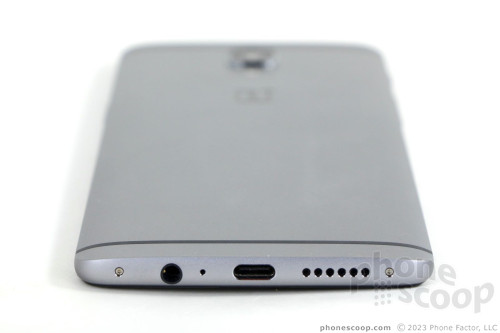
I'm not going to say OnePlus copied the design of the iPhone 6 Plus or HTC 10, but the 3 strongly resembles both these phones. It has a simple, direct, metal-and-glass appearance. It was milled from a single block of aluminum and has antenna lines that run side-to-side across the back. The metal chassis forms the rear and side surfaces of the phone, with 2.5D glass on front. The 3 comes in graphite or gold. I could write these same sentences about the 6 Plus and 10. It's a good design, but far from an original one.
The 3 is svelte. It's about the same dimensions as the Alcatel Idol 4S and ZTE Axon 7, against which it competes directly. The phone is tall and wide, but is also incredibly slim and relatively light. With a 5.5-inch screen, it is definitely in phablet territory and often requires two hands to use. I had a hard time reaching the upper portions of the display with my thumb, even if I changed my grasp and stretched my hand. OnePlus curved the back panel near the side edges, which helps push the phone a bit deeper into your palm. The phone's thin profile helps when it comes time to put the phone in your pocket. I had no trouble slipping it into jeans, slacks, or shorts.
You can't ask for better materials or build quality. The metal chassis feels strong and solid, despite how little the phone weighs. The glass is curved right where it meets the chamfered aluminum side edges. The phone's design flows all the way around, making it clear OnePlus took pains to assemble the phone carefully.
Like most modern phones, the display consumes the lion's share of the 3's front surface. Slim bezels run along the side edges, with thicker bands of black glass above and below the screen. A fingerprint sensor is the only button/control below the display. It can double as a home key. The reader is indented slightly, which makes it easier to find with your thumb. The 3 uses on-screen buttons to control the user interface.
The 3 has one of the most useful buttons I've seen on a phone in some time. On the left edge, near the top, you'll find a three-position switch. This switch sets the ringer profiles: totally silent, vibrate, all sounds/alerts. This is a great way to quickly change the setting of your phone without requiring you to unlock it or even pull it out of your pocket. The switch has a ribbed texture and generous profile, and the three positions are easy to detect as you move the switch back and forth. OnePlus stuck the volume toggle below this switch. The metal toggle is thin, but has a good profile and decent travel and feedback.
OnePlus did a good job with the lock button on the right edge. It has an excellent profile and just about perfect travel and feedback. The SIM tray is above the screen lock button. The phone supports one or two SIM cards for separate accounts, but doesn't support memory cards. The 3.5mm headphone jack, USB Type-C port, and speaker are all tucked into the bottom edge. Note that USB-C is gaining in popularity, but still less common than micro-USB.
The rear panel is mostly flat, but tapers slightly where the panel approaches the side edges. There are two black antenna lines, one near the top and a second near the bottom. The camera module is perched close to the top edge. It protrudes quite a bit from the rear surface, and has a nice chrome rim to help it stand out. The LED flash is just below the camera.
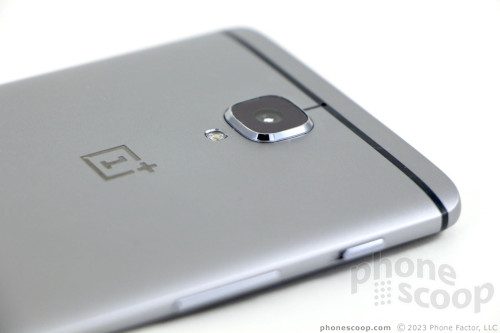
The unibody metal chassis means the battery is sealed up inside nice and tight. The phone doesn't support wireless charging, but it does include rapid wired charging.
In sum, the OnePlus 3 is an excellent handset on par with devices from brand-name competitors that cost much more.
Screen
The display is one spec where the OnePlus 3 trails the Alcatel Idol 4S and ZTE Axon 7. It measures 5.5 inches across the diagonal and sticks with 1080p full HD, rather than quad HD. If you're not interested in using your phone for VR, the OnePlus 3 still manages to hold its own. The 3 has plenty of pixels for browsing the web, watching videos, and viewing Instagram imagery. I found everything was sharp enough. The phone uses what OnePlus calls Optic AMOLED screen technology, which is in turn protected by a slab of Gorilla Glass 4. The display is plenty bright, offers rich colors and contrast, and puts out enough light for easy outdoor use. Viewing angles are quite good; there's a bit of brightness drop, but no blue shift. The OnePlus 3 may not have as many pixels as its competitors, but the experience isn't lacking.
Signal
OnePlus sells the 3 unlocked. It includes support for LTE Bands 2, 4, 5, 12, and 30, which means it is fully compatible with AT&T and T-Mobile's 4G networks, as well as their subsidiaries', Cricket and MetroPCS. Support for AT&T's band 30 is unusual among unlocked phones, and should help with 4G LTE data speeds and coverage.
I tested the 3 on both AT&T and T-Mobile and was generally impressed. The phone connected to both networks without trouble and held onto 4G most of the time. I did see the 3 drop to HSPA 3G a bit more often than carrier-branded devices under the same conditions, but it was never for long and didn't impact performance in an obvious way. The device was always able to make calls and hold onto them at highway speeds. I didn't suffer any dropped or missed calls while testing the device. Data speeds were solid. The phone was able to handle streaming from YouTube and Spotify via LTE with no problem, and was always quick to load content from Facebook and Instagram.
Sound
The OnePlus 3 suffices as a voice phone. Call quality is acceptable through the earpiece with little-to-no distortion, but the phone doesn't pump out enough volume. I was able to hear calls in my quiet home, a stationary car, and an empty mall with no issue, but it's nearly impossible to hold a conversation in a noisy coffee shop, moving car, or any other space with lots of background noise. Clarity could be better; voices often sound like they're fighting their way through a wet sock. People I spoke to through the 3 said I sounded far, far away.
The speakerphone delivers clarity that's on par with the earpiece. It also comes up weak as far as volume is concerned. The speakerphone is downright quiet even when set all the way up. You need to be in a quiet space to use the speakerphone effectively.
The Alcatel Idol 4S and ZTE Axon 7 have powerful stereo speakers that are not only far louder, but offer a fuller range of sound, too.
Ringers and alerts are loud enough, and the vibrate alert delivers a powerful jolt.
Battery
OnePlus gave the 3 what has become the standard-size battery for a device in this class: 3,000 mAh. If you need all-day power, the OnePlus 3 has you covered in spades. I found the battery consistently pushed through 1.5 days without breaking a sweat. That means from breakfast one day through lunch the second day. I was sure to run a wide variety of apps with all the radios on and screen brightness set to about 60%. We can thank the 1080p resolution a bit here, (as more pixels would take more power to illuminate.) The OnePlus 3 offers more than enough battery life for average users.
The device includes the basic battery saver tool from Google. You can turn this on whenever you want, or have it come on automatically when the battery reaches 15% or 5%. It reduces screen brightness, cycles back the processor, reduces notifications, and so on.
The 3 includes what OnePlus calls Dash Power. It is a variant of Qualcomm's QuickCharge technology. OnePlus claims a 30-minute charge will replenish over 60% of the 3's battery, allowing for more than 7 hours of HD video playback. It recharges very quickly. The phone doesn't support wireless charging.
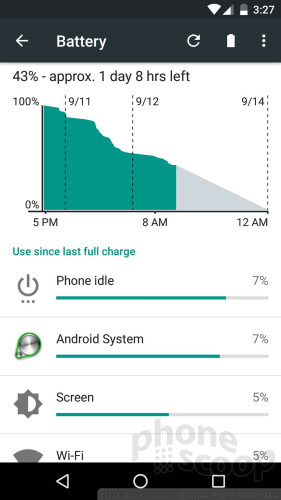
Bluetooth, GPC, NFC, WiFi
All of the 3's secondary radios did well enough. The Bluetooth radio paired with headphones and speakers easily enough, but it wouldn't talk to my car at all. Calls pushed to mono headsets were decent, if quiet. Music sounded pretty good through several different sets of Bluetooth speakers. The phone was able to pair with other phones and PCs for file transfers when necessary.
Cars use a distinct Bluetooth mode known as HFP. (Headsets use HSP and music speakers use A2DP.) HFP seems to be broken on our OnePlus 3.
NFC is aboard and I found it helpful when pairing with some accessories. The NFC radio can also be put to use with Android Pay for mobile (tap) payments if you wish.
The GPS radio worked flawlessly. The phone was able to locate me in a blink and accuracy was about 20 feet. The OnePlus 3 has more than enough accuracy and juice to power Google Maps, which was particularly helpful when I needed help finding my way around Berlin.
The WiFi radio didn't give me any cause for concern.
Comments
What I Ordered
Very nice phone
Are the Sims Dual Active?
That's what I want in a phone, support for Both a Tmo and ATT sim that can Both get LTE data, even if you have to switch the active data connection manually. Tmo is much faster in some areas and ATT in others, so I want to be able to switch active data on the fly.
To me that is even more important than being able to receive calls on both lines.


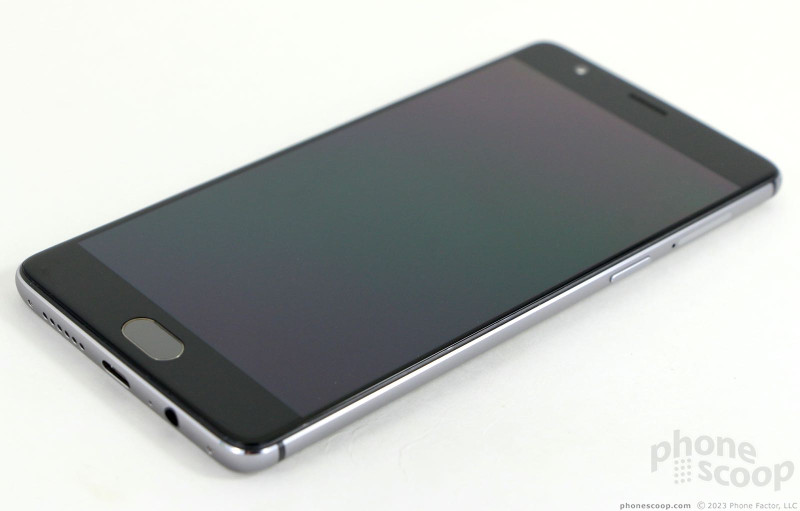















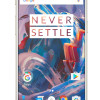 OnePlus 3 Boasts Unibody Design, 6 GB of RAM
OnePlus 3 Boasts Unibody Design, 6 GB of RAM
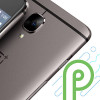 OnePlus Commits to Updating the 3/3T to Android P
OnePlus Commits to Updating the 3/3T to Android P
 OnePlus 3
OnePlus 3


